Robotics News
Siliconangle
170
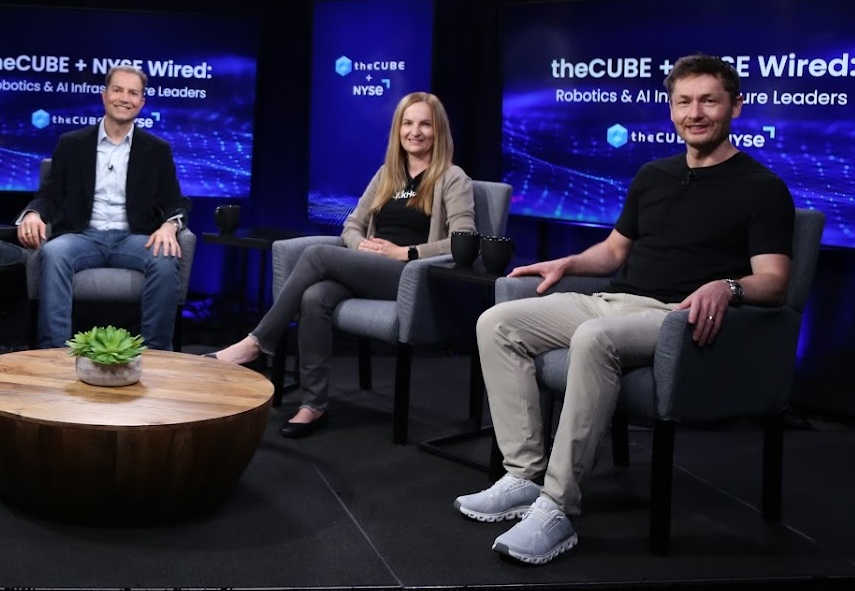
Image Credit: Siliconangle
The new data stack: Unifying OLTP, lakes and graphs for scalable AI
- Powering AI at scale requires an infrastructure that can rapidly unlock the value of data, with data lakes and graph databases becoming valuable tools for analytic workloads.
- Nikita Shamgunov, Tanya Bragin, and Philip Rathle discuss analytic workloads and connectivity as essential components in the evolving infrastructure.
- Shamgunov highlights the three separate worlds of data lakes, OLTP, and applications and emphasizes the need for connectivity to drive business and AI.
- The conversation touches on the decreased cost of building applications, enabled by platforms endorsing high velocity development and a unification layer for connectivity.
- Rathle champions graph databases like Neo4j for providing essential connectivity in application deployment, citing a use case with Klarna Group PLC.
- Bragin notes the evolution towards a unified architecture for data lakes, supporting observability, business intelligence, and the unification of historically separate stacks.
- The development of a single unified architecture for data lakes is discussed, emphasizing the move towards open data lakes as a unifying layer for analytics.
- The discussion also emphasizes the importance of database market players in providing the connective tissue and unification layer essential for application deployment.
- The article concludes with a message from co-founder John Furrier, promoting engagement with SiliconANGLE's content and community.
- SiliconANGLE Media operates at the forefront of digital media innovation, serving tech professionals with influential content and strategic insights.
- The article provides valuable insights into the evolving landscape of infrastructures supporting AI at scale, with a focus on connectivity and unification layers.
Read Full Article
10 Likes
Siliconangle
127
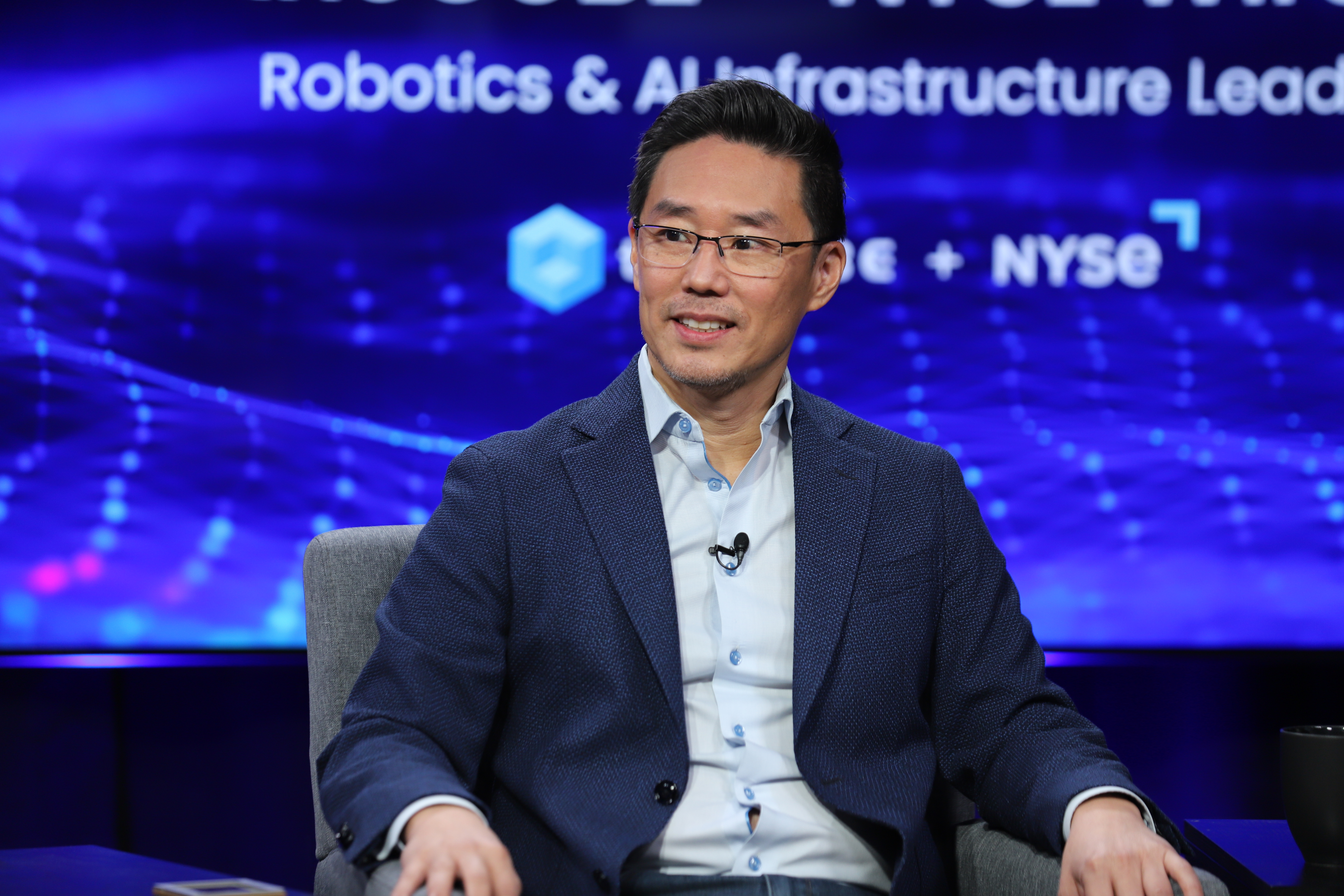
Image Credit: Siliconangle
Rewriting the rules of AI infrastructure for the agentic era
- SambaNova Systems Inc. introduces SN40L, an AI infrastructure with a reconfigurable dataflow architecture tailored for AI workloads.
- The SN40L accelerates training and inference, while significantly reducing energy consumption, aiming for a power-efficient infrastructure fit for the hybrid AI era.
- The company designed a Generation Four RDU to match neural nets' dataflow operation, allowing it to run 10 times faster than Nvidia chips at one-tenth the power.
- SambaNova Cloud offers a full-stack solution for efficient deployment of AI agents, optimizing performance for enterprise-scale workloads.
- Their Gen 4 RDU enhances hybrid AI solutions by providing hardware flexibility, high performance, and seamless software integration.
- The SN40L can dynamically reconfigure to match workload demands, making it highly adaptable for hybrid AI environments.
- By reducing redundant computation and aligning resources efficiently, the SN40L achieves significant energy savings while maintaining high performance.
- SambaNova addresses challenges in handling large models, power limitations in data centers, and multi-tenancy for enterprises.
- The architecture is designed to handle large user concurrency efficiently, essential for the increased token counts and power constraints in AI operations.
- The article discusses how SambaNova's technology is reshaping the landscape of AI infrastructure for the agentic era.
Read Full Article
7 Likes
Siliconangle
39
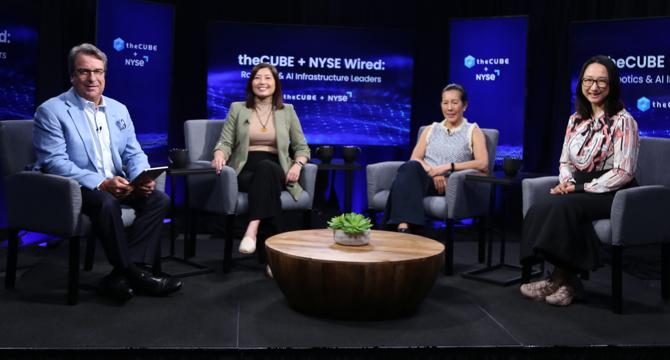
Image Credit: Siliconangle
Investors see potential for young founders to dominate AI space
- Investors are examining the potential of young founders in the artificial intelligence sector.
- Young startup leaders are seen as driving innovation in AI.
- Investors expect AI applications tailored for industries like healthcare and physics.
- Devising models that run on the edge and addressing the current compute challenge are also anticipated.
- AI enables faster business establishment with lower revenue requirements, leading to a rapid proliferation of startups.
- Identifying long-term winners in the AI landscape may be straightforward based on growth criteria.
- New blood in the machine learning space is perceived positively by investors.
- AI-native consumer companies are awaited, with younger founders potentially excelling in this domain.
- Investors highlighted the importance of innovation and avoiding reliance on legacy practices.
- The rise of AI has impacted junior developer roles while offering opportunities for fresh ideas.
- Investors foresee continued demand for compute power and energy efficiency in AI applications.
- In an AI gold rush, young founders may have an advantage due to their fluency in AI and lack of legacy burdens.
- The article includes insights from investors like Aileen Lee and Sue Xu on AI startup potential.
- A video interview delves deeper into the discussions around AI at the event.
- SiliconANGLE Media, known for digital media innovation, is involved in AI through various initiatives.
- The company operates at the intersection of media, technology, and AI, with a focus on digital media brands and audience engagement.
Read Full Article
2 Likes
The Robot Report
13

Hexagon launches AEON humanoid robot for industrial applications
- Hexagon AB has launched its first humanoid robot, AEON, designed for industrial applications to address labor shortages and meet customer needs.
- AEON combines Hexagon's sensor suite with advanced locomotion, AI-driven mission control, and spatial intelligence, making it agile, versatile, and aware.
- The humanoid robot is aimed at improving safety and driving autonomy in sectors like automotive, aerospace, manufacturing, warehousing, and logistics.
- More robotics companies are developing humanoids, with commercial deployments slowly increasing.
- AEON's capabilities include agility, awareness, versatility, and power autonomy through a battery-swapping mechanism.
- Hexagon is partnering with Schaeffler and Pilatus to pilot AEON for manipulation, machine tending, part inspection, and reality-capture use cases.
- The robotics division of Hexagon has partnerships with NVIDIA, Microsoft, and Maxon to bring AEON to the market, with AEON powered by NVIDIA accelerated computing and Microsoft Azure platform.
Read Full Article
Like
Discover more
Medium
311

Image Credit: Medium
HardTech Reads: The AI & Robotics Revolution vol.36
- Redwood trains 1X's NEO humanoid for home tasks with real-world data, marking progress in domestic robotics.
- OpenAI partners with DoD for AI prototypes in national security, sparking ethical debates on AI use in war.
- Tesla set to launch fully autonomous robotaxi service on June 22, pending regulatory approvals.
- China developing robotic space guards for Tiangong station to patrol and intercept threats in orbit.
- Various companies secure funding for tech advancements in aerial inspection robotics, climate-sensing smallsats, and more.
- A conversation on the militarization of space and the role of AI in defense highlights possible futures of warfare beyond Earth.
- Upcoming tech events including Deep Tech Week, International Conference on Ubiquitous Robots, and more focus on advancements in robotics and AI.
- Several job openings in the hard tech sector are highlighted, including positions at notable companies like SpaceX, Tesla, and NASA.
- Resources and featured articles covering topics like hard tech startups, AI tools, venture capital investing, and more are shared for those interested in AI and robotics.
- Events like Hard Tech Summit in Ontario and IEEE IROS in Hangzhou provide opportunities for networking and learning in the field of robotics and automation.
Read Full Article
18 Likes
Medium
61
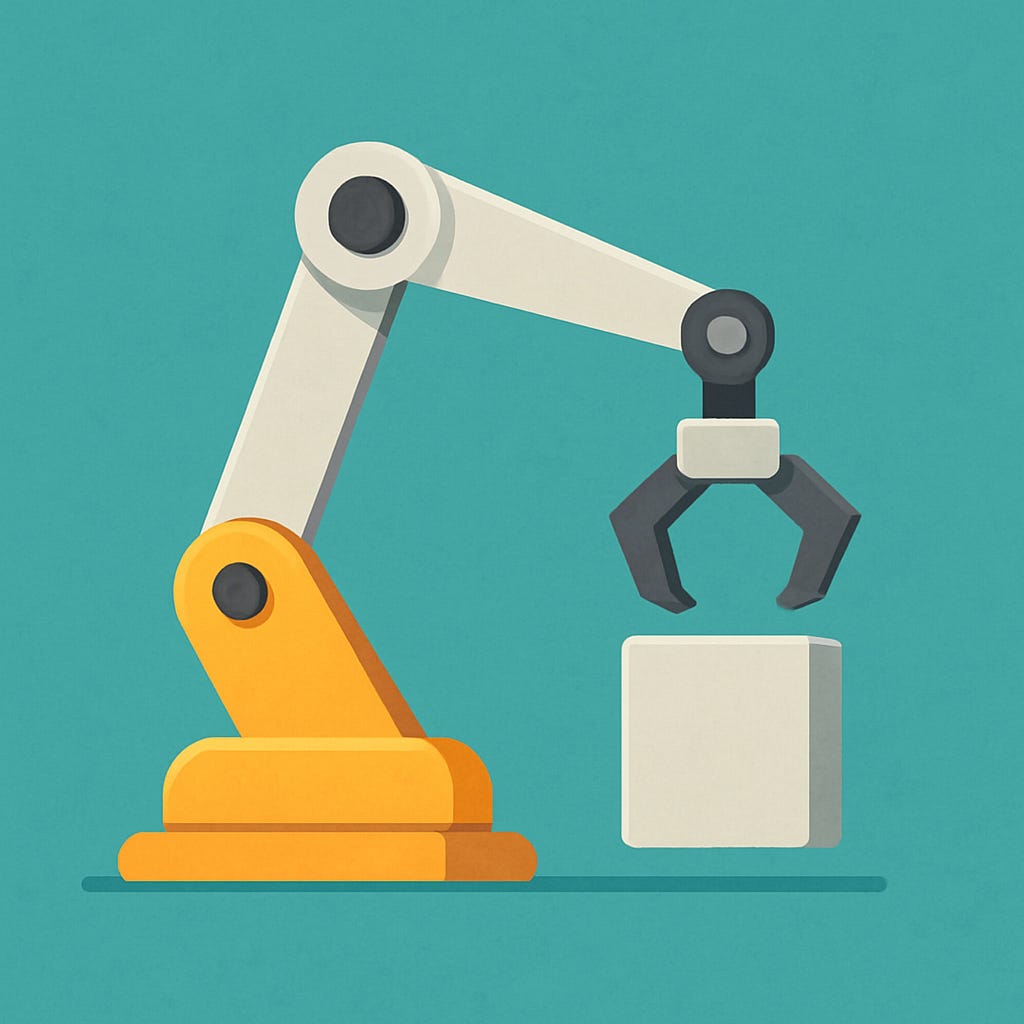
Image Credit: Medium
Light but Powerful: A Beginner’s Guide to Torque Calculation for Selecting Small Actuators
- When building a lightweight robotic arm, selecting the right motor is crucial to ensure proper movement.
- Torque calculation is essential for designing ultra-lightweight arms with a payload capacity under 100 grams.
- Torque, measured in N·m, represents rotational force, crucial for movement in robotic arms.
- The torque required for a robotic arm is calculated based on the angle of the arm, with sin(θ) affecting the torque.
- The torque needed can increase significantly as the arm moves from a horizontal to a vertical position.
- It is common for required torque to double, triple, or more as the arm posture changes, posing a challenge in lightweight design.
- Strategies for lightweight optimization can help manage torque and achieve a successful design for lightweight robotic arms.
- On June 23, 2025, a journey into lightweight robotic arms is initiated to challenge the notion that robotics is exclusive to big companies.
- The goal is to pioneer the future of robotics with the help of mathematics and basic tools.
- Collaboration is invited to build the future of robotics together.
Read Full Article
3 Likes
The Robot Report
232

Brighter Signals emerges from stealth
- Brighter Signals B.V., a sensing technology company, has emerged from stealth with a multi-modal tactile sensor platform.
- The Amsterdam-based company acquired a portfolio of fabric-based multi-modal tactile sensor patents.
- The tactile sensor technology is designed to detect and measure touch gradients in real-time for various applications.
- These sensors can be embedded into fabrics, surfaces, and structural components, offering lightweight, durable, and recyclable solutions.
- Brighter Signals targets industries like robotics, automotive, and healthcare with its sensor technology.
- In robotics, enhanced tactile sensing allows for precise object handling, error reduction, and improved efficiency.
- Robots equipped with the sensors can detect variations in texture, pressure, and shape for complex tasks.
- Collaborations are in place with robotics OEMs, Tier 1 suppliers, and automotive OEMs.
- The company is also applying its technology in healthcare for passive monitoring of heart rate, breathing, and blood pressure.
- The CEO, Andrew Klein, emphasizes the transformative impact of the technology in machine interactions.
- COO Christine Fraser highlights the versatility and commercial readiness of the sensor suite.
- Inventor Edward Shim's patented sensor suite has seen significant R&D investment and development.
- The company is gearing up for volume production through manufacturing partnerships in Europe and Asia.
- Partnerships with Antler and various industry players position Brighter Signals for growth and innovation.
- The sensor technology is poised to meet the demand for non-invasive and context-aware sensing in smart systems.
- Brighter Signals is ready to scale its sensor platform to enable safer, smarter, and more responsive systems.
Read Full Article
13 Likes
The Robot Report
136

Levita Magnetics MARS surgical robot receives expanded FDA clearance
- Levita Magnetics has received expanded FDA 510(k) clearance for its MARS (magnetic-assisted robotic surgery) system, specifically in bariatric and hiatal hernia repair.
- The clearance allows for the use of the Magnetic Surgical System (MSS) combined with MARS, offering a less invasive solution for simultaneous treatment of hiatal hernias during bariatric surgery.
- The MARS system incorporates Dynamic Magnetic Positioning technology, enabling improved visibility and access during hiatal hernia repairs by retracting the liver.
- Levita Magnetics also obtained FDA clearance for its new 12.5 mm magnetic grasper, enhancing visualization and control in patients with high BMI and difficult-to-retract livers.
- MARS utilizes magnetic forces for organ repositioning internally, reducing incisions and providing enhanced control during laparoscopic procedures.
- The system is designed to be compact, fitting into existing operating rooms, and builds on the success of Levita's Magnetic Surgical System.
- Levita Magnetics previously won a 2025 RBR50 Robotics Innovation Award for a dual-robot surgery combining the MARS platform with Intuitive Surgical's Da Vinci SP robot.
- The collaboration enabled precise tissue retraction, increased visualization, and nerve preservation during a complex urological surgery.
- The Da Vinci SP robot creates an incision for surgical access, while the MARS system enhances access and visualization within the body.
- Levita's commitment to expanding access to better surgery was emphasized by Dr. Alberto Rodriguez-Navarro, the company's founder and CEO.
- The innovative technology of MARS offers a more effective and less invasive option for abdominal surgeries.
- Levita aims to empower surgeons with increased control of surgical instruments through its magnetic-assisted robotic surgery system.
- The post was originally published on MassDevice and discusses the advancements in Levita Magnetics' MARS surgical robot system receiving expanded FDA clearance.
- The Robot Report covered the news regarding the FDA clearance of Levita Magnetics' MARS surgical robot.
- Levita Magnetics continues to push boundaries in surgical robotics with its magnetic technology-led advancements.
Read Full Article
8 Likes
The Robot Report
96

Voliro brings in $23M to accelerate inspection drone development
- Voliro, a Swiss aerial robotics developer, secured $23 million in funding to expedite the development of its autonomous aerial inspection robots designed for infrastructure maintenance and industrial safety.
- The company's Voliro T platform, featuring a patented tiltable-rotor design with interchangeable sensor payloads, offers a scalable, data-driven system for safer and more sustainable operations.
- The funding includes an $11 million extension of Voliro's Series A round, led by Cherry Ventures and involving new participation from noa and a debt facility from UBS.
- The technology enables efficient inspection of hard-to-reach infrastructures like wind turbine blades and storage tanks, catering to sectors such as energy, chemicals, and renewables.
- Voliro claimed to facilitate significant time and cost savings in inspections, particularly in the wind industry, by offering faster inspections and reducing downtime without manual access.
- With over 40 global customers in 17 countries, including Chevron and Holcim, Voliro has demonstrated success in performing over 100 contact inspections monthly across various industrial environments.
- Voliro addresses the challenges posed by aging infrastructure and workforce shortages in inspection fields, aiming to improve industrial resilience, enhance safety, and assist in climate adaptation and energy transition.
- The company emphasizes the importance of proactive maintenance, early issue detection, and frequent automated inspections to prevent costly failures and ensure asset integrity.
- Traditional inspection methods involving scaffolding and manual access are identified as risky, costly, and reactive, pushing the need for advanced technology solutions for inspections.
- Voliro's technology is positioned to disrupt the industrial inspection sector by providing reliable, data-driven, and automated inspection solutions for aging and new assets, offering a valuable alternative to traditional approaches.
Read Full Article
5 Likes
The Robot Report
281

Black-I Robotics wins autonomous mobile robot picking challenge
- Black-I Robotics won the Chewy Autonomous Mobile Picking (CHAMP) Challenge, addressing limitations in warehouse automation.
- Chewy and MassRobotics organized the challenge to enable robots to handle large, heavy, and non-rigid items in fulfillment centers.
- Black-I Robotics, based in Massachusetts, developed a sophisticated autonomous picking system with a mobile base and a custom industrial arm.
- Twelve global teams participated in the CHAMP Challenge, focusing on manipulation tasks and system-level integration.
- The robotic platforms had to navigate narrow aisles, coordinate with live warehouse operations, and place items in shipping containers.
- Teams were provided with Chewy's robotic lab access and simulation packages to develop their systems.
- Black-I Robotics integrated AI-driven perception for object detection and precise grasping of non-rigid items.
- The team demonstrated full-facility navigation, obstacle avoidance, and integration into downstream workflows.
- Breezey Machine Company, a team of independent engineers, came in second place with an innovative gripper design.
- Breezey's low-profile gripper focused on adaptability and secure grasps without complex control algorithms.
- Their modular arm-mounted system impressed with practicality and potential for integration into automation workflows.
- Both Black-I Robotics and Breezey Machine Company exemplified targeted, systems-level thinking in the challenge.
- The competition aimed to spur innovation for autonomous mobile picking robots in warehouse environments.
- The CHAMP Challenge showcased advancements in AI perception, manipulation, and integration within real-world constraints.
- Participating teams collaborated closely with Chewy Robotics experts to meet the challenge requirements.
- The innovative solutions presented by the winning teams highlight progress in autonomous robotics technologies.
- Black-I Robotics' victory underscores their technical excellence in developing a complete mobile manipulation pipeline.
- Breezey Machine Company's second-place finish recognizes their inventive approach and practical gripper design for robotics applications.
Read Full Article
16 Likes
Medium
228
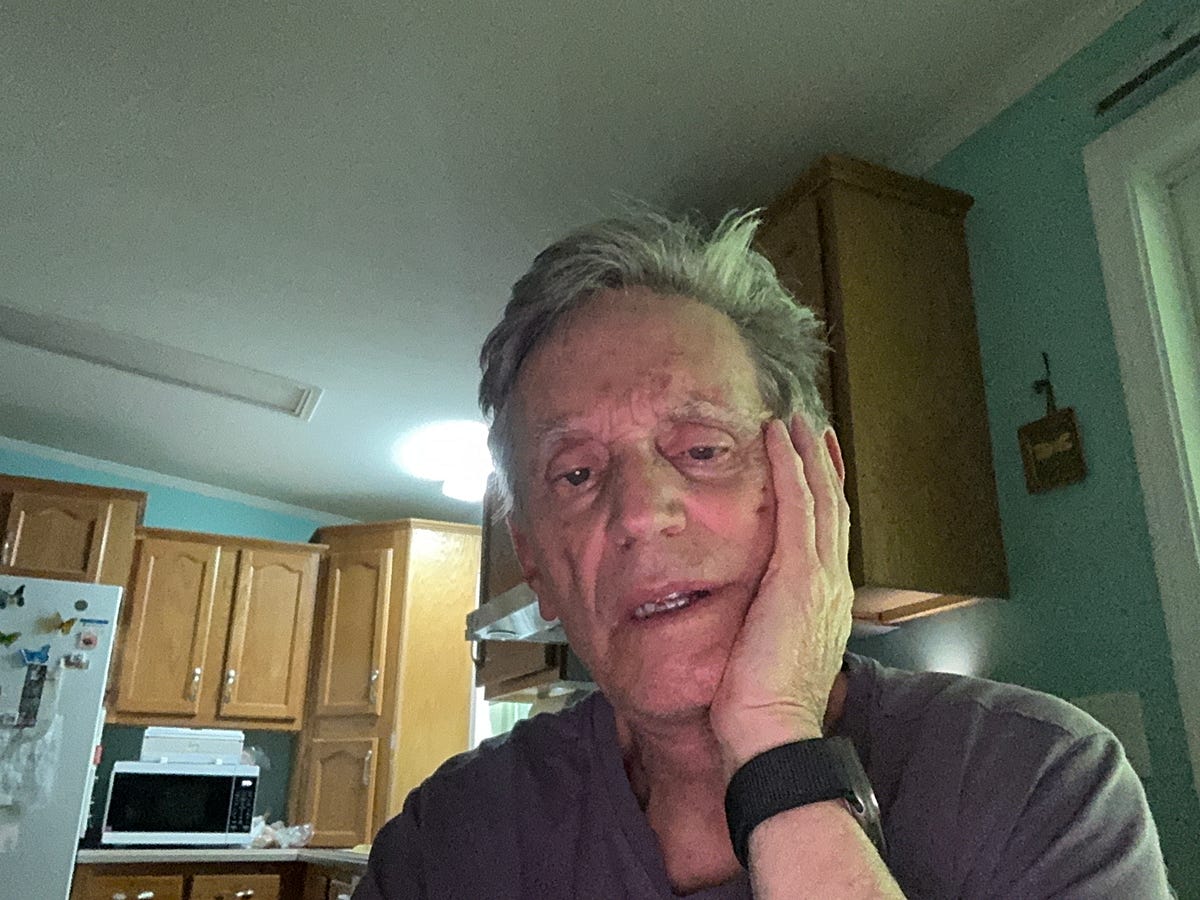
Image Credit: Medium
What a Half Gallon of Water Taught Me About Robots
- The author reflects on their experience of tossing half-gallons of water onto their porch floor to wash away pollen and how surprisingly accurate they were without any scientific training.
- The author wonders how their body knew how to accurately throw the water without prior specific training, angles, or grip considerations but with successful outcomes.
- They acknowledge that the accuracy came from a deeper memory within their brain or body, suggesting a recall of successes and failures rather than a conscious memory of similar tasks.
- The coordination among muscles, joints, eyes, and brain led to a movement that felt instinctual but was actually based on a lifetime of experience.
- The author hints that such memories might extend beyond just neurons in the brain.
Read Full Article
13 Likes
TechJuice
250
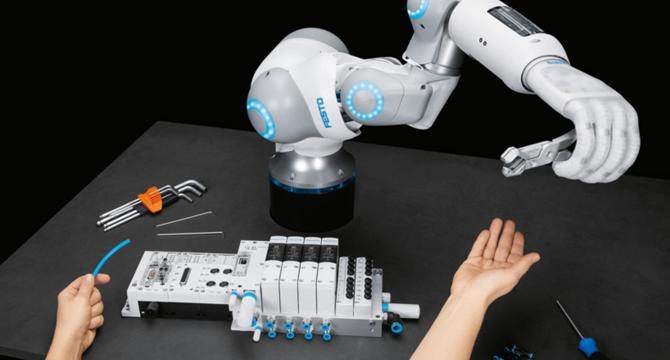
Image Credit: TechJuice
Scientists Develop Shape Shifting Robots That Mimic Human Touch
- Engineers at EPFL have developed soft robots named 'Digits' that simulate human touch in 16 different ways.
- Digits are modular air-powered robots that can change shape, vibrate, stiffen, and deliver tactile sensations without coding.
- The robots use pneumatic control with pressurized air pouches to transform shape and texture dynamically, simulating realistic human touch.
- Two prototypes, TangiGlove and TangiBall, demonstrate the robots' ability to adapt for various interactions and applications.
- Digits bridge the gap in haptic devices by combining shape change, movement, and vibration in one system, tailored for individual users or therapeutic needs.
- EPFL's platform, built on the open-source robotics framework Feelix, uses machine learning to translate user intent into haptic sensations without programming.
- The Reconfigurable Robotics Lab plans to study Digits in rehabilitation clinics for hand and muscle recovery.
- Future developments include exploring more complex modules, richer textures, nuanced stiffness, and integration into immersive virtual environments.
- The goal is to redefine human-machine interaction through robots that transform shape, stiffness, and haptic feedback, working for all users.
- The full study is published in Advanced Intelligent Systems, showcasing EPFL at the forefront of soft robotics.
Read Full Article
15 Likes
Medium
303

Image Credit: Medium
I’m Building a Robot Arm Under 100g – and No One Else is
- The individual took on the challenge of developing a super lightweight robot arm with a payload capacity under 100 grams, considering the lack of such offerings in the market for practical use.
- This initiative aims to cater to a niche market with no significant competition, offering potential applications in various fields due to its low weight capacity.
- The project explores the possibilities of using a robot arm weighing under 100 grams for tasks ranging from serious industrial applications to more lighthearted and creative endeavors.
- The creator plans to design the robot arm using mathematics exclusively, foregoing traditional computer-aided design tools in favor of formulas, diagrams, and logical reasoning.
- Emphasizing the importance of math in robotics, this unconventional approach focuses on leveraging mathematical principles for motion, balance, and optimization in robot design.
- The project's strategy revolves around the equation 'No PC + Pure Math = My Blue Ocean Strategy', aiming to showcase the potential of math in robot development without conventional software tools.
- The individual intends to share insights and knowledge gained during the project through various posts, highlighting the practical applications of mathematics, particularly in the context of robotics.
- Exploring the intersection of math and robotics, this initiative aims to demonstrate that math can be applied tangibly to build machinery like robot arms, even with limited resources such as a smartphone.
- As of June 21, 2025, the project is in its early stages, with the creator inviting others to join in challenging the notion that robots are exclusively developed by corporations, emphasizing the role of individual innovation.
Read Full Article
18 Likes
Pymnts
48

Image Credit: Pymnts
Nvidia and Foxconn Aim to Use Humanoid Robots in AI Server Factory
- Nvidia and Foxconn plan to deploy humanoid robots for assembling AI servers in a factory in Houston by Q1 2026.
- The participation of humanoid robots in this project marks a first for Nvidia products and Foxconn's AI server production lines.
- Nvidia's CEO expects humanoid robots to see widespread use in manufacturing facilities within five years.
- The move towards robotics by Nvidia is to maintain competitiveness in the AI chip industry and to lead in the robotics boom.
- Humanoid robots have potential to revolutionize manufacturing, warehousing, and customer service due to their human-like form and capabilities.
- Nvidia and Foxconn aim to mass produce AI supercomputers in the U.S. following the partnership to build a manufacturing plant in Houston.
- The deployment of humanoid robots in this project remains a significant milestone in AI manufacturing and robotics.
- Nvidia already provides a platform for building humanoid robots, setting a foundation for integrating robotics into manufacturing processes.
- The use of humanoid robots in assembly work could streamline production processes and enhance efficiency.
- The involvement of humanoid robots in this initiative signals a forward-looking approach to technology adoption in manufacturing.
- The potential benefits of humanoid robots in manufacturing encompass navigating cluttered environments and performing tasks with precision and agility.
- Nvidia's focus on robotics aligns with its strategy to leverage AI and automation in various industries.
- The collaboration between Nvidia and Foxconn underscores the shift towards advanced technologies in production facilities.
- While the specifics of the humanoid robots to be used and their tasks remain undisclosed, the initiative signifies a leap forward in AI-infused manufacturing.
- The anticipated deployment of humanoid robots highlights the convergence of AI, robotics, and manufacturing for enhanced operational capabilities.
Read Full Article
1 Like
Mit
352

Image Credit: Mit
Researchers present bold ideas for AI at MIT Generative AI Impact Consortium kickoff event
- The MIT Generative AI Impact Consortium (MGAIC) initiated in February under MIT's Office of Innovation and Strategy and managed by the MIT Stephen A. Schwarzman College of Computing called for proposals to study high-impact applications of generative AI models.
- Over 180 submissions were received from nearly 250 faculty members representing all MIT schools, culminating in 55 project grants from MGAIC and additional funding from industry partners.
- More than 30 recipients presented their proposals at an event on May 13, led by Anantha P. Chandrakasan, the consortium's head, highlighting a broad array of innovative ideas.
- Projects showcased included AI-driven tutors for literacy education, real-time collaborative music improvisation with AI, and generative intelligence for urban sustainability.
- The consortium aims to bridge gaps in various fields through generative AI applications, fostering interdisciplinary collaboration and pushing boundaries in technology.
- Vivek F. Farias and Tim Kraska from MIT Sloan School of Management and CSAIL respectively are the faculty directors leading the initiative.
- The MGAIC event concluded with closing remarks by Georgia Perakis, the MIT Sloan School of Management interim Dean, reflecting on MIT's role in shaping the future of generative AI with purpose and excellence.
- The overwhelming response to MGAIC's call for proposals reflects the growing interest in AI applications and showcases MIT's commitment to innovation and collaboration.
Read Full Article
21 Likes
For uninterrupted reading, download the app